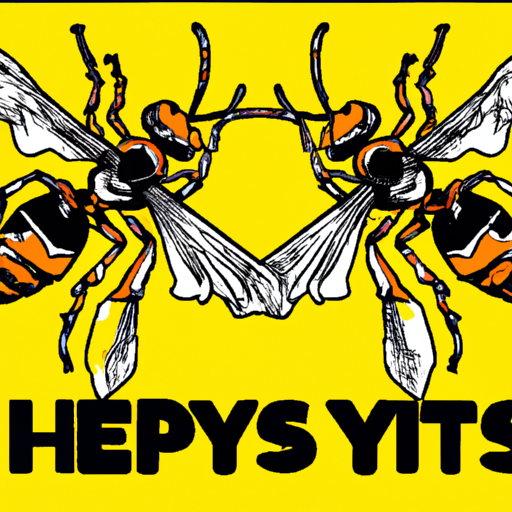A new potential menace to bee populations has been identified in the U.S. On August 9, the U.S. Department of Agriculture’s Animal and Plant Health Inspection Service confirmed the first sighting of a non-native yellow-legged hornet in the country, spotted in Georgia by a local beekeeper.
The yellow-legged hornet, native to tropical and subtropical regions of Southeast Asia, has already established populations in most of Europe and parts of the Middle East. Despite bearing a resemblance to other local hornets and bees, this species is distinguished by its partially or entirely yellow legs. The coloration of their body and head can vary, as per the Georgia Department of Agriculture.
One notable concern with yellow-legged hornets is their tendency to build large, egg-shaped paper nests in trees, which can accommodate an average of 6,000 wasps. These hornets pose a significant threat to honey production, native pollinators, and the agriculture industry overall.
Wildlife officials are urging anyone who spots these hornets to report it to their local Department of Agriculture, providing as much information as possible, including photographs, information about the sighting location and date, descriptions of the hornet and any nest, and details of any hive loss or damage. Identifying potential lookalikes among native hornet and wasp species is also helpful.
This discovery comes nearly four years after the first U.S. sighting of another invasive hornet, the Asian giant hornet, popularly known as the murder hornet. This hornet gained notoriety for leaving “piles of dead bees, most of them headless, outside their beehive,” according to the Washington State Department of Agriculture. Its official name was later changed to the northern giant hornet by the Entomological Society of America. Reports of this insect have since decreased.

